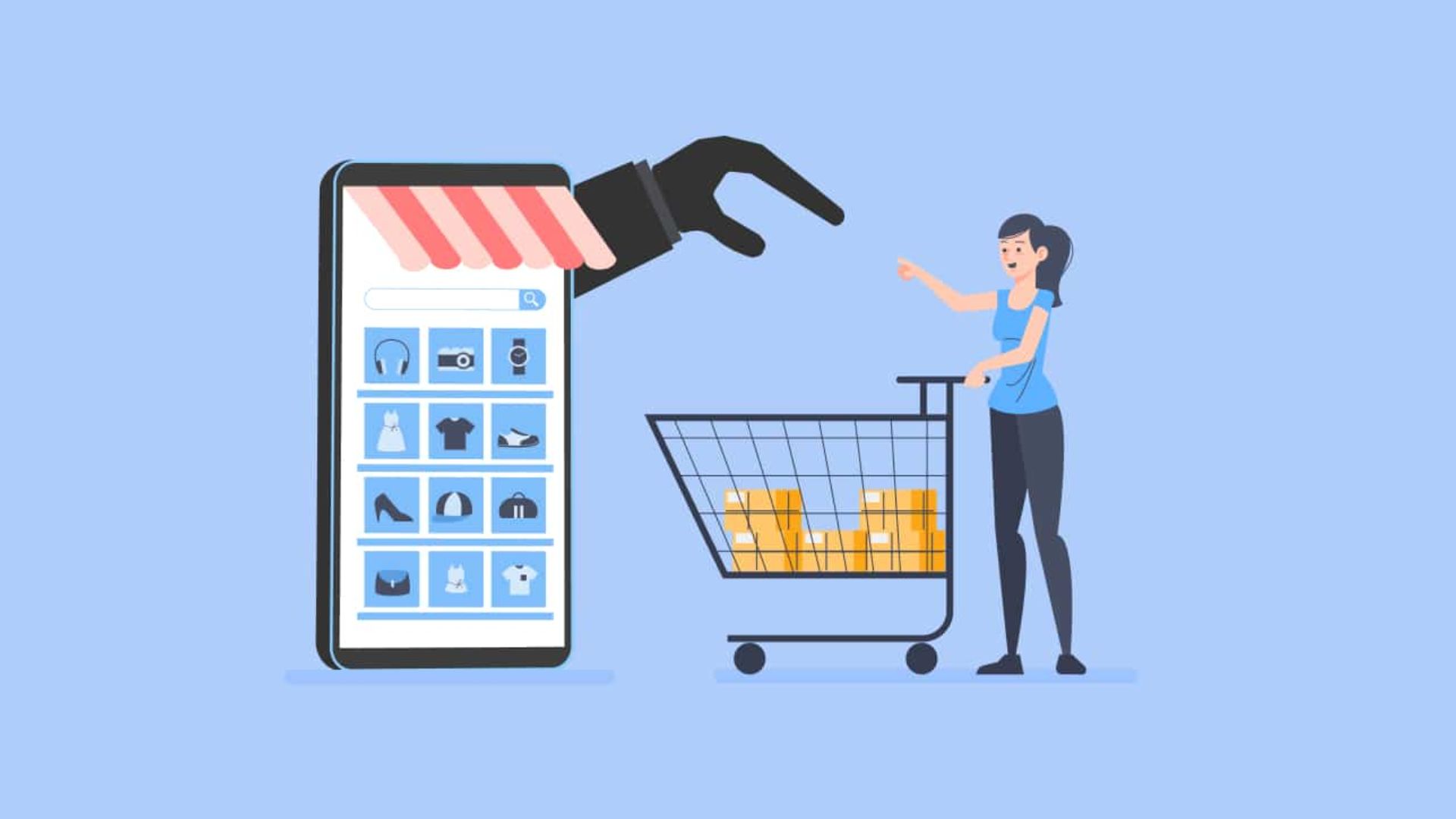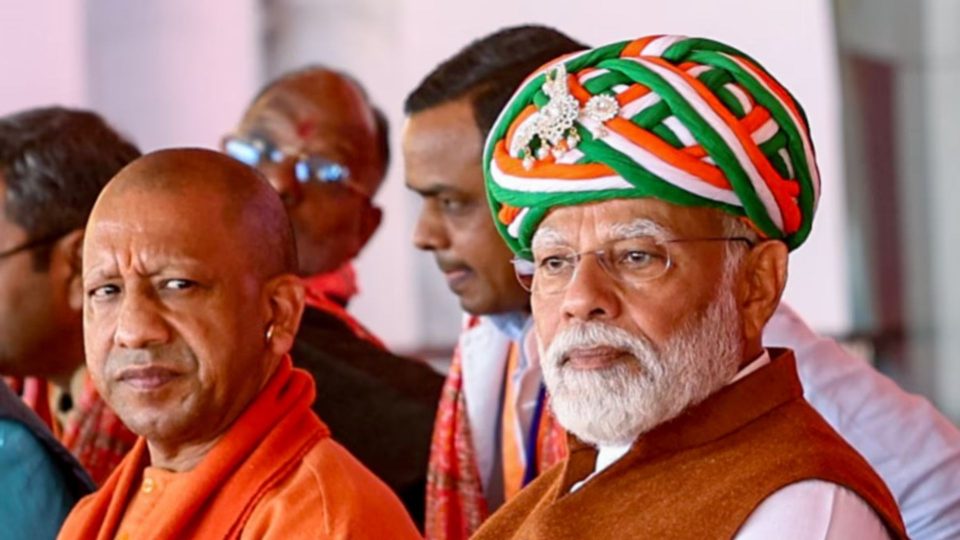You may have heard in the previous few days that the Indian government has banned dark patterns on e-commerce sites. So, what exactly are dark patterns? and why did the government feel the need to take such drastic measures to restrict them?
What Are Dark Patterns?
Dark patterns are intentionally created mental traps placed in a user interface, designed to fool users into doing something you don’t want them to do. Websites, for example, may use false terminology or purposeful phrasing to shame you into behaving, such as third-party cookie agreements.
These copies are typically made to mentally control a visitor into agreeing to something they want, however, this is only one type of dark pattern.
Some websites, such as Facebook, purposefully make it difficult for users to opt out of sharing information by keeping the choice to do so mysteriously. You may have also observed that while some websites make it relatively simple to sign up, they make it quite tough to deactivate your account.
These patterns are inspired by human thinking and are purposefully meant to convince you to click somewhere you don’t want to or agree to something you don’t want to.
According to the Central Consumer Protection Authority’s (CCPA) standards, 13 fraudulent patterns are prohibited. Artificial scarcity, which creates a false feeling of urgency, is also known as FOMO (Fear of Missing Out).
Basket sneaking adds unwanted things to your shopping basket on e-commerce sites without your awareness. Forced action that entices the user to sign up for further services or guilts them into disclosing personal information.
Disguised advertisements, confirm shaming, subscription traps, drip pricing, interface interference, bait and switch, pestering, SaaS billing, trick questions, rogue viruses, and other tactics are also used.
These standards apply to all platforms in India that provide products and services, including marketers and sellers.
What Are The New Guidelines?
If a service or platform is found to be engaged in one of the 13 practices, it will face penalties under the Consumer Protection Act. If e-commerce platforms promote news stories or fraudulent advertisements that are mixed into the interface to fool customers into clicking on them, they would face severe fines.
The Central Consumer Protection Authority will keep a watch out for any emergent dark patterns to add to the list.
The new criteria were developed with input from the Advertising Standards Council of India (ASCI), legal companies, and e-commerce platforms. Flipkart, Google, Reliance, Amazon, Swiggy, Zomato, Meta, Ship Rocket, Go-MMT, Ola, and other companies were also approached.




